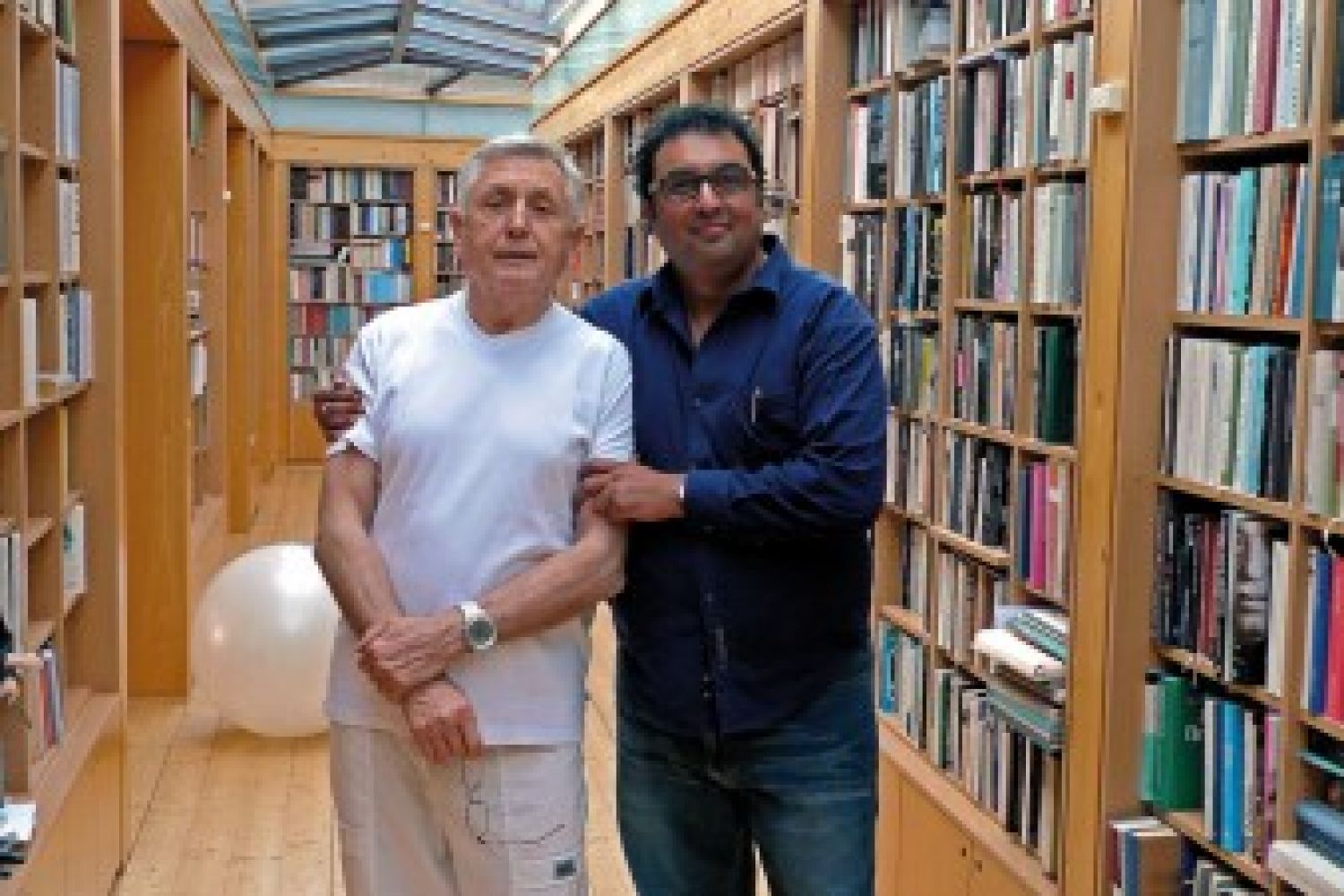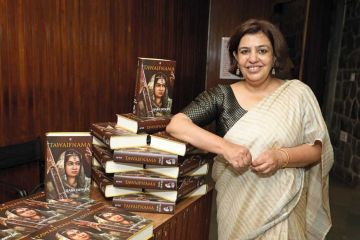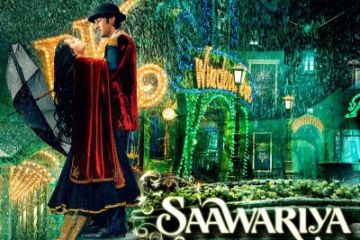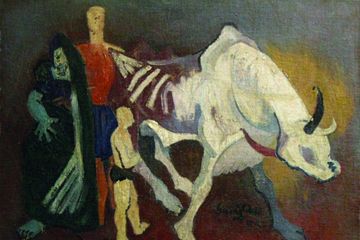
We all know the first
full-length Indian film ever made was the silent movie Raja
Harischandra, by Dadasaheb Phalke. We are all familiar with the extravagant
drum dance from Chandralekha. We have seen the grainy footage of
Ashok Kumar as a young man, of the first actresses who replaced men in drag, of
Fearless Nadia, of the earliest talkies filmed in this country. We have spent nostalgic
weekend afternoons watching special shows on the cinema of the forties and
fifties on televis





